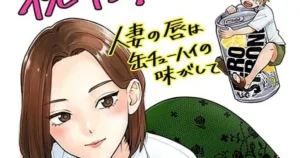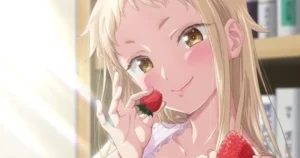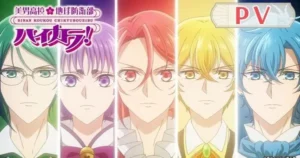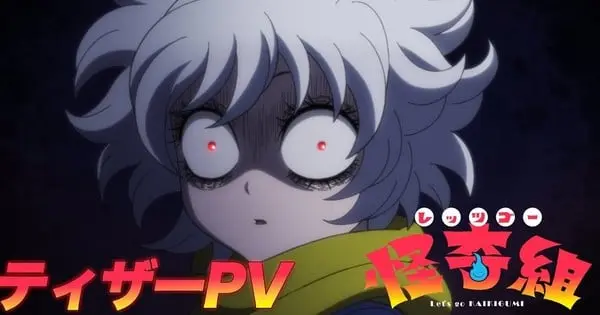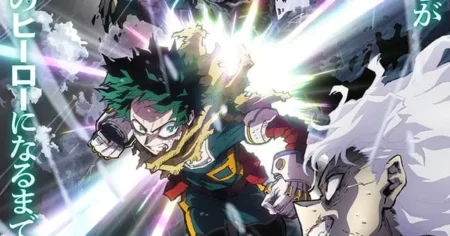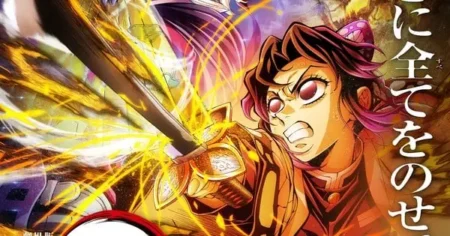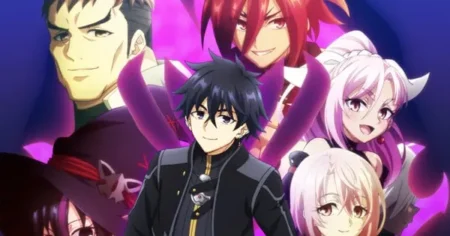The popular horror comedy manga, Let’s Go Kaikigumi (Rettsu Gō Kaikigumi) by Byū, is officially set to receive a television anime adaptation in 2026. An official website launched on Saturday, October 11, with a teaser promotional video announcing the upcoming series. The anime will air on TBS and 27 affiliated channels on Sunday evenings.
Anime Production Details and Key Staff
The TV anime adaptation is being directed by Yutaka Hirata, known for his work as a unit director on STARMYU, at the animation studio C-Station. C-Station, established in 2009, is recognized for animating series like Dragonar Academy and Laid-Back Camp. Mutsumi Ito (ROOM CAMP) is overseeing and writing the series scripts, while Yoshimitsu Yamashita (Mushibugyō, Blade of the Immortal) is handling the character designs.
Uketsu, an author known for articles on the Omocoro web service and the novel The Strange House, is also involved in the anime’s production, credited for “song collaboration”.
Voice Cast Brings Characters to Life
The primary voice cast for Let’s Go Kaikigumi has also been revealed:
- Tasuku Hatanaka will voice the unnamed cowardly protagonist. Hatanaka has previously lent his voice to characters like Yuma Tsukumo in Yu-Gi-Oh! Zexal and Ikoma in Kabaneri of the Iron Fortress.
- Ruriko Aoki is cast as Mechako, the leader of the “Kaikigumi” organization.
- Shigeru Chiba will serve as the anime’s narrator.
About the “Let’s Go Kaikigumi” Manga
Byū’s Let’s Go Kaikigumi manga is a horror comedy that originally serialized on the Omocoro web service from 2018 to 2024. Shogakukan has published the series in tankōbon (book) form.
The story introduces a cowardly, unnamed protagonist who encounters Mechako, the head of the “Kaikigumi,” an organization responsible for the ghosts and supernatural entities that scare humans. The protagonist inadvertently becomes involved in the revival of the Kaikigumi, leading to a series of bizarre, often humorous, and not-so-scary supernatural phenomena around him. The manga delves into the conflicting feelings about “fear” between the two main characters as they confront various supernatural occurrences like “Thirteen Steps,” “A Haunted Doll,” and “Doppelgangers”.
The manga falls under the genres of comedy, horror, and slice of life, with themes including gag humor and school life, and is aimed at a seinen demographic.


